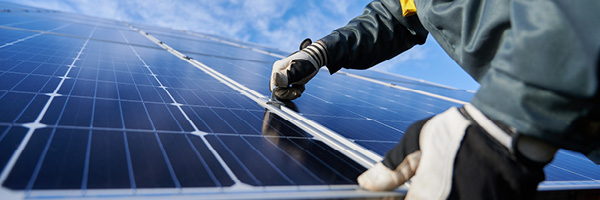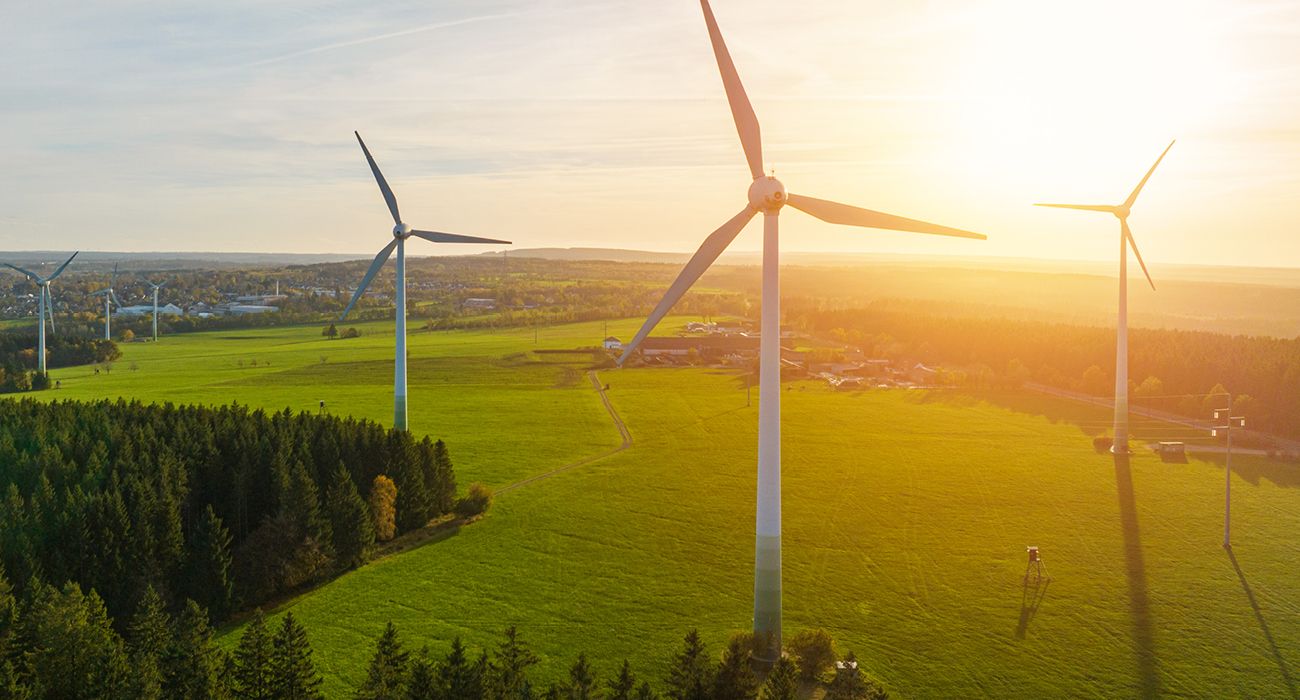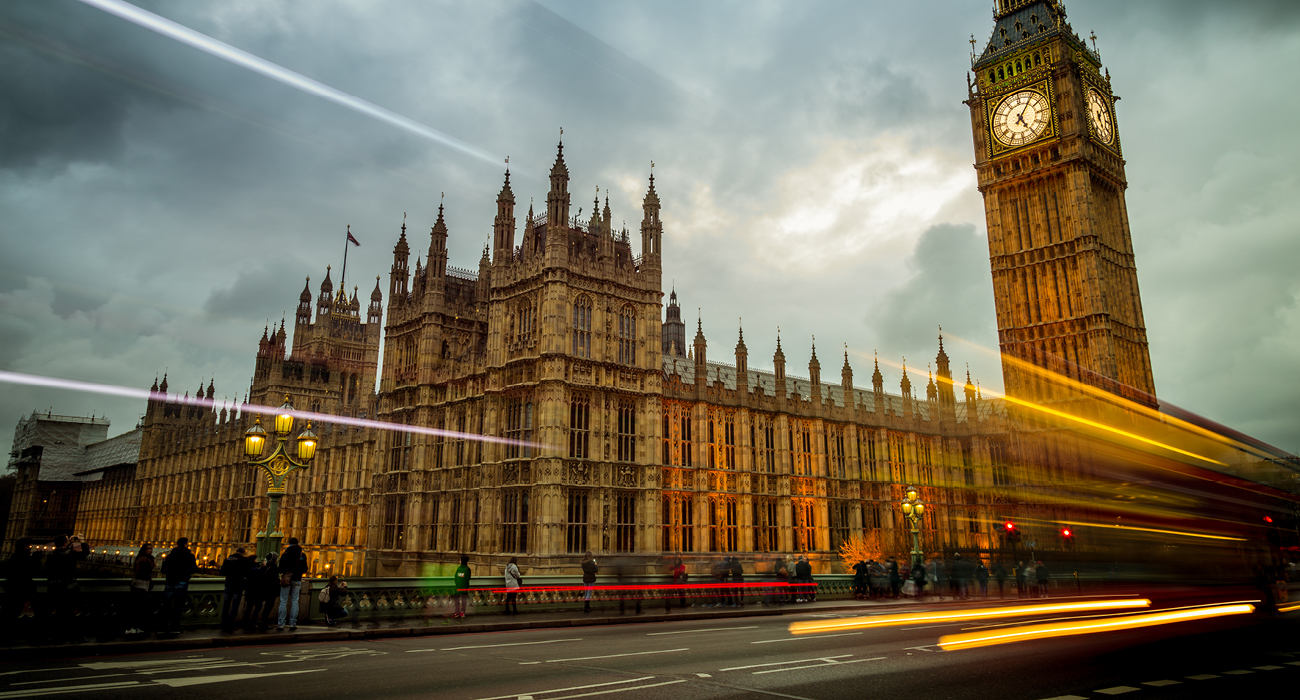Birmingham Airport is the UK’s third busiest airport outside London, and the UK’s sixth largest overall, handling around 12 million passengers a year. Birmingham serves more than 140 direct scheduled and charter routes and offers an additional 300 possible connections worldwide. This gives passengers a choice of over 440 direct or one-stop flights globally. As of 2018, Birmingham Airport has invested more than £450 million on developing its infrastructure. This includes an extension to its runway, new air traffic control tower, terminal reconfiguration, additional parking and new retail and catering facilities.
Like many large energy users, the airport is keen to reduce energy costs and also to manage its carbon footprint responsibly. Which is why, in partnership with npower Business Solutions (nBS), Birmingham Airport wanted to investigate the potential for generating on-site renewable energy.
“After an initial investigation, we completed a full site survey and produced detailed designs, then recommended a 50 kilowatt peak (kWp) solar Photovoltaic (PV) system,” explains nBS Strategic Client Lead Gary Amos. “This comprised 212 solar PV panels measuring 1.6m x 1m which were installed on the airport’s terminal roof. These now generate enough clean energy to save Birmingham Airport around 22 tonnes of carbon dioxide each year.”
The project was delivered in conjunction with Photon Energy and took just two months to complete, from initial survey to generating energy. The system generates around 40,000kWh of electricity annually – sufficient to power 12 average�sized houses – which is helping to reduce the airport’s dependency on imported electricity.
Saving on non-commodity costs
“In addition to saving on import supply costs, customers benefit from making significant savings on the non-commodity elements of their invoices, as you also reduce this increasingly large share of overall costs when you are using on-site generation rather than importing,” says Gary.
At the time of installation, Birmingham Airport qualified for Feed-in Tariff (FIT) payments from the government. “The FIT enables businesses to receive a fixed payment (generation tariff) from the government for electricity they generate from renewable sources such as solar panels and wind turbines,” explains Gary. “For every kilowatt hour they export to the National Grid, they also receive an additional payment (export tariff).
“However, due to changes in government policy, the rates on offer have become much reduced and are no longer guaranteed – but we can work with customers to assess the potential and ensure we get the best value we can.”
The solar PV installation is part of a larger project to improve energy management at Birmingham Airport.
Solar PV: the journey from light to power
Solar cells within the PV panels act as a semi conductor that convert daylight into electricity.
The electricity generated by the panels is Direct Current (DC) which is then converted to Alternating Current (AC) by an inverter, so it can be fed into a premises’s energy supply for use in place of, or alongside, imported electricity.
Where generation exceeds supply requirements, any spare electricity can be sold to the grid as ‘export’ under the FIT scheme, where this can be secured, or via a Power Purchase Agreement (PPA) for larger generators.
For solar PV systems of 30 kWp capacity and greater, an additional export meter can be installed alongside the normal generation meter, to track energy exported to the grid. For smaller systems, a ‘deemed export’ calculation is made, which is typically 50% of the total energy generated. This is then credited, along with any FIT generation payment, and does not require an additional export meter to be installed.
Find out more
For more information on how on-site renewables can benefit your business and help you save on supply costs, you can find all the details on our road to net zero page.



/npm214%20Digital_H_UB102.jpg)
/npm214%20Digital_H_UB15.jpg)

/npm214%20Digital_H_UB76.jpg)


/npm214%20Digital_H_UB139.jpg)

